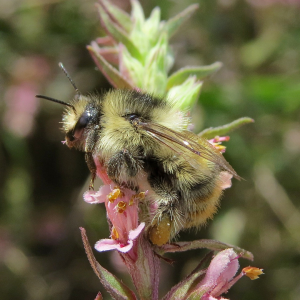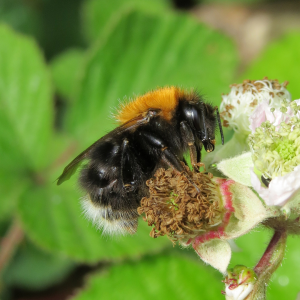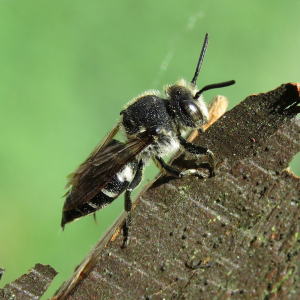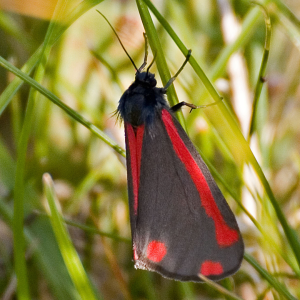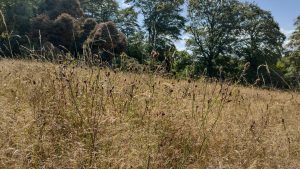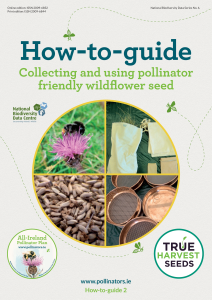Pollinators in August
Which pollinators are active this month? What plants are they visiting? And what can you do to help them? Here’s everything you need to know about pollinators in August.
Which pollinators can I spot in August?
If you spot any of these species, submit your sightings to the National Biodiversity Data Centre. You can attach a photo if you’re not sure if your identification is correct.
Which native plants are growing in August?
Native plants provide the best source of food for our pollinators as they have evolved together. Keep an eye out for some of these species in August.
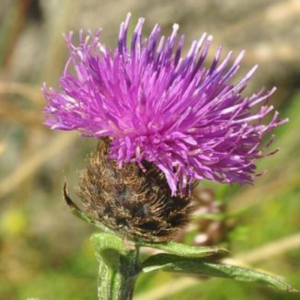 |
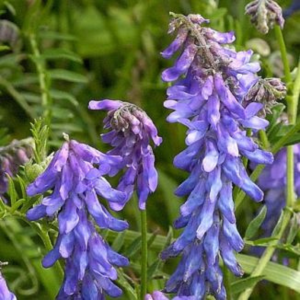 |
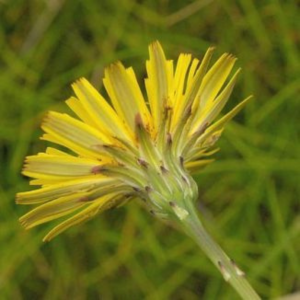 |
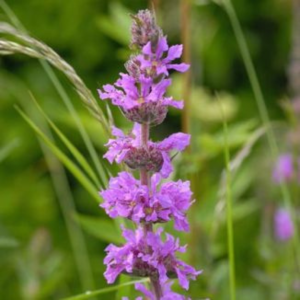 |
|
Knapweed (Zoë Devlin) (Centaurea nigra) |
Tufted vetch (Zoë Devlin) (Vicia cracca) |
Cat’s-ear (Zoë Devlin) (Hypochaeris radicata) |
Purple-loosestrife (Zoë Devlin) (Lythrum salicaria) |
Submit your sightings to the National Biodiversity Data Centre. You can attach a photo if you’re not sure if you have the correct identification.
A warning about wildflower seed mixes: Wildflower seed mixes can do more harm than good to biodiversity. They often result in colourful displays that are attractive to humans but are of little value to pollinators. Many contain non-native species and can inadvertently introduce invasive species. Please avoid using them where possible. The best way to encourage native wildflowers is by reducing mowing.
How can I help pollinators in August?
1. Learn about meadows in August
At this time of year, meadows can start to look a bit tired. This is a normal and important part of their lifecycle. Over the coming weeks they’ll drop their seeds, which will grow into wildflowers for next year’s meadow. Don’t cut your meadow yet, and put up signage to show what meadows might look like at different times of year.
Find out more here:
2. Collect local wildflower seeds
The best way to create wildflower meadows is to mow less, and remove grass cuttings when you do mow. Over time, this reduces soil fertility, allowing more diverse plants to appear naturally. But if your meadow needs a helping hand, you might consider harvesting wildflower seeds locally. This will make sure you’re protecting the unique populations of wildflowers in your area.
Find out more:
3. Do a Flower-Insect-Timed Count
Become a citizen scientist and help us keep track of insect populations by doing a Flower-Insect-Timed (FIT) Count. Take a mindful 10 minutes, sit in front of a patch of flowers and count how many insects visit. Send us your results online or use our free FIT Count app.
Find out more

